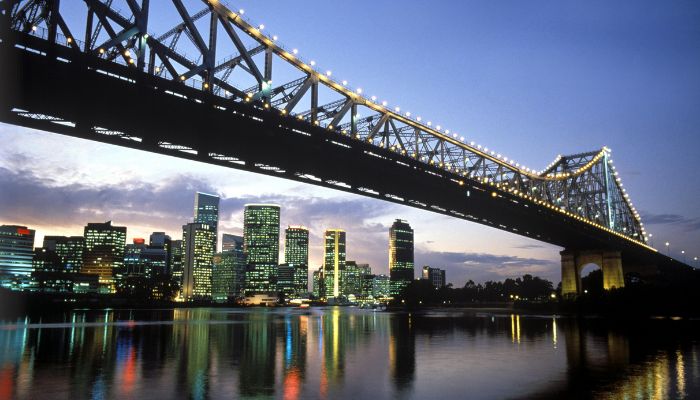
The current housing downturn has seen Brisbane become the second capital city to hit a new peak-to-trough record in dwelling values next to Sydney.
According to CoreLogic’s Daily Home Value Index (HVI), Brisbane’s home values declined 10.9% between the peak in June 2022 to 28 January.
Sydney remains the capital with the steepest peak-to-trough falls at 13.8%. Meanwhile, peak-to-trough declines remained mild in some other capital cities.
The national index achieved the largest peak-to-trough decline in 7 January 2023, when home values went down 8.6% from the peak achieved on 7 May 2022.
CoreLogic head of research Eliza Owen said the record-high decline in Brisbane’s home values was not able to make a dent in the gains the city made during the housing boom.
“The fall in the Brisbane daily HVI follows an upswing of 43.5% between August 2020 and 19 June 2022, which was the fastest trajectory of rising values on record,” Ms Owen said.
“This leaves home values across Brisbane 27.9% higher than at the previous trough in August 2020.”
What made the decline interesting is the fact that it only took over seven months, making it the quickest decline in Brisbane HVI so far.
On average, peak-to-trough declines in the Brisbane dwelling market have lasted 14 months, and the extent of declines have ranged from 2.9% to 10.8%.
Ms Owen said the second largest downturn in Brisbane HVI took 21 months — from April 2010 to January 2012 — to reach a similar decline.
“The second largest period coincided with a national housing market downturn that was fairly broad based, and partly coincided with the RBA lifting the cash rate 175 basis points between October 2009 and November 2010,” she said.
For Ms Owen, it appears the Brisbane housing market is adjusting to the aggressive hikes in monetary policy, which increased the borrowing costs particularly over the second half of 2022.
“Despite the large decline from peak, Brisbane maintains the third highest gain in value of the capital cities since the start of the pandemic,” she said.
In fact, at the onset of the pandemic, Brisbane’s median value started off at $506,600 and increased to $707,700 by the end of 2022.
However, there are several factors that could be placing a floor under the Brisbane market, as the pace of price falls has actually been slowing in recent months.
Relative affordability is a factor — while housing values in Brisbane remain higher than pre-COVID levels, the city retains a lower price point than Sydney, with a difference of around $430,000 in median house values and roughly $281,000 in median unit prices.
“The gap between Brisbane and Melbourne housing values is also significant, with a $119,697 gap between median house values and $97,692 difference in median unit values. This could encourage ongoing housing demand from those willing to migrate to the state or own an interstate investment,” Ms Owen said.
Another significant factor is the level of interstate migration Brisbane is experiencing.
Based on June 2022 data, migration into Queensland tracked 63% above the decade average, with net interstate migration into the state clocking in at the highest rate compared to all states and territories.
On the rental market side, there is a shortage of available housing, as suggested by the 13.4% increase in rent values over the past year.
“Similarly, a low volume of listings persists, where the volume of advertised stock is trending almost 40% below the previous five-year average,” Ms Owen said.
“While Brisbane property values are likely to fall further in 2023, it is possible the rate of decline will continue to slow over the coming months.”
-
Photo by Tourism Australia on Canva.
